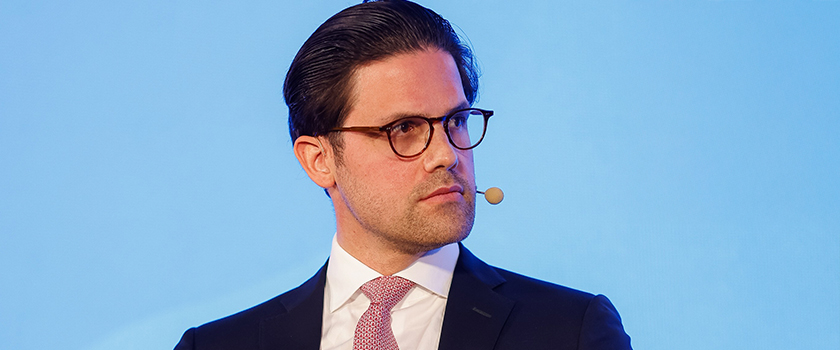Ahead of COP16, the UBP Biodiversity Committee met in the David Attenborough Building in Cambridge to discuss expectations of the event with their two partner organisations, the Cambridge Conservation Initiative (CCI) and the Peace Parks Foundation.
The Chair of the Committee, Tony Juniper CBE, led the debate between contributing members from Fauna and Flora International, UNEP-WCMMC and Birdlife International, UBP’s investment team and several leading Cambridge academics. The list below represents the key hopes and wishes from the Biodiversity Committee.
Wish list
1. Quality of implementation
The launch of the Global Biodiversity Framework (GBF) at COP15 was a groundbreaking commitment to nature restoration; however, it is meaningless without positive action to support the targets. October’s COP16 is therefore a conference for implementation. It is imperative that progress, long-term targets, and a monitoring framework are discussed to ensure we can make and measure progress up to 2030. We are expecting countries to review and assess their strategies and action plans in the run-up to COP16 to ensure they align with the GBF and have the appropriate means for implementation.
At time of writing, just 19 countries (and the EU) have submitted national action plans (NBSAPs); with one month to go, we are 174 countries short. We would like to see substantially more submissions ahead of COP16 and during the conference, hopefully highlighting an ambitious approach.
2. Stakeholder engagement
High up on our wish list is a recognition of the breadth of stakeholder groups that must be considered. At COP16, it is essential for the financial and corporate sectors to engage in constructive dialogue with policymakers. However, for meaningful and lasting change and successful implementation of the GBF, local communities and indigenous groups must be part of these conversations. Biodiversity loss occurs far from the negotiating tables and supermarket shelves, and those at the top of the supply chain must participate in the benefits of change if they are going to support a shift to more sustainable practices.
We would therefore wish to see clear signs of community engagement at COP16 and also a greater presence from the private sector, accompanied by innovative and ambitious financing plans.
3. Addressing the financing gap
Inherently linked to the ability to implement, it is imperative for funding and the mobilisation of resources to be a key discussion at COP16. As national action plans (NBSAPs) are developed, funding is crucial to ensuring these can be implemented effectively, and to the necessary extent. We would like to see clarification emerge regarding the funding mechanisms, including monitoring, reporting and reviews.
Collectively, we must push for the incorporation of private sector financing for the implementation of NBSAPs and nature-positive projects. We would also like to see more emphasis on the nature hierarchy through investments, i.e. that capital is not only required for restoration projects, but for the avoidance of further damage. Perhaps even more critically, we need to see a diversion of capital away from nature-depleting activities and the removal of harmful subsidies. A recent report by the Cambridge Institute for Sustainability Leadership (CISL), which emphasises the critical role private finance must play in closing the biodiversity finance gap, explores these ideas in more detail.
4. Increasing awareness of synergies between climate and nature
Much effort has been made over the last Convention on Biological Diversity and climate COPs to highlight the interconnectedness between climate and nature. New frameworks such as the Taskforce on Nature-related Disclosures (TNFD) have also emphasised this link. However, more progress needs to be made as regards policy-creation, target-setting and awareness in the financial sector.
We hope to see a shift in how policies are framed and implemented, transitioning from treating biodiversity as a standalone issue to recognising it as complementary and integrating it into existing frameworks. This approach should streamline both funding and implementation.
For us, the emergence of a joint working group for nature, climate and people would be considered a huge win for the positive progression of the GBF.
Conclusion
Ultimately, the common thread between these wishes is the interconnectedness and complexity of the approach to change. Therefore, our overarching wish is for purpose-driven, meaningful collaboration that translates theory into practice at a pace which can deliver strong signs of change by COP17 in 2026.









